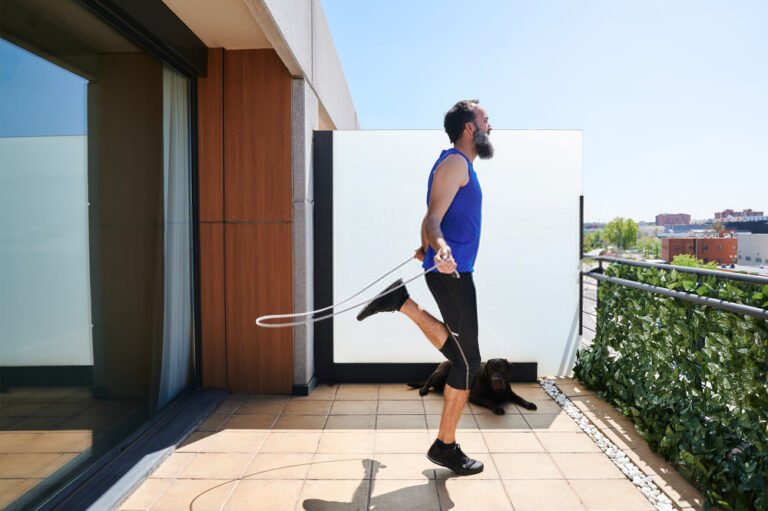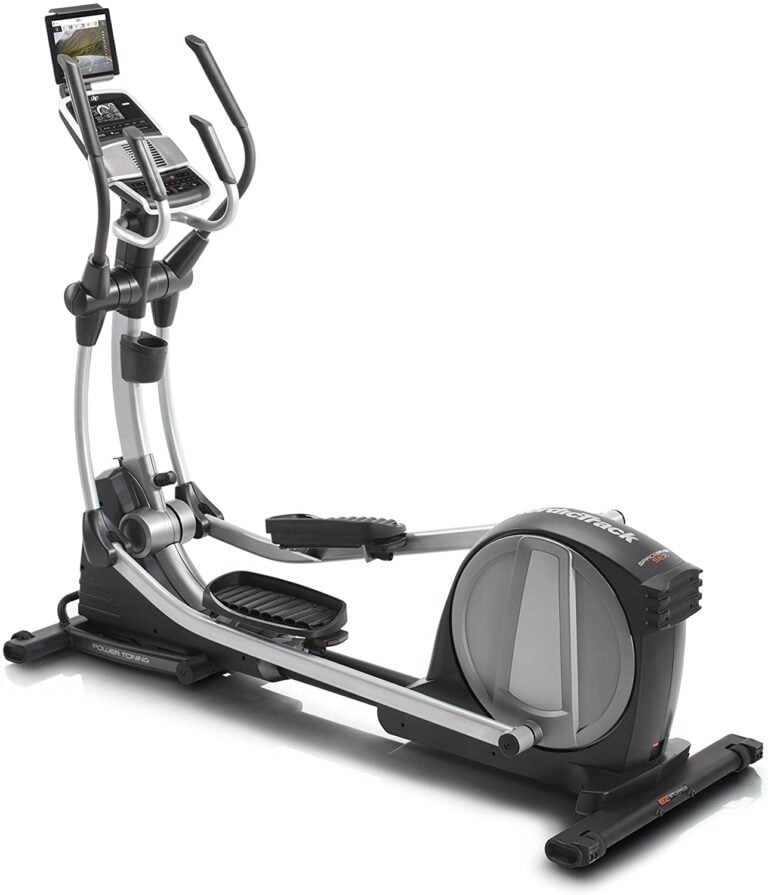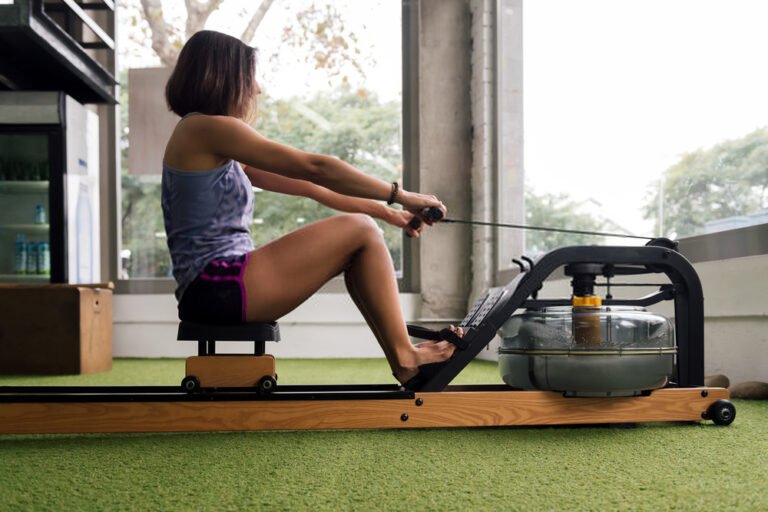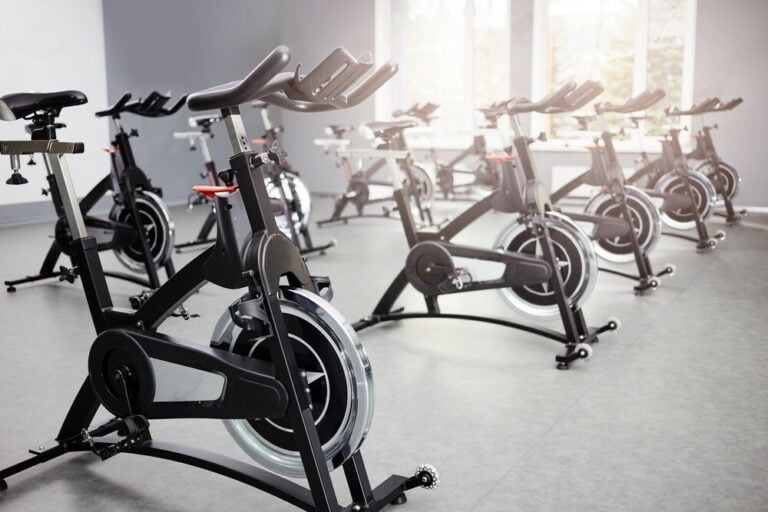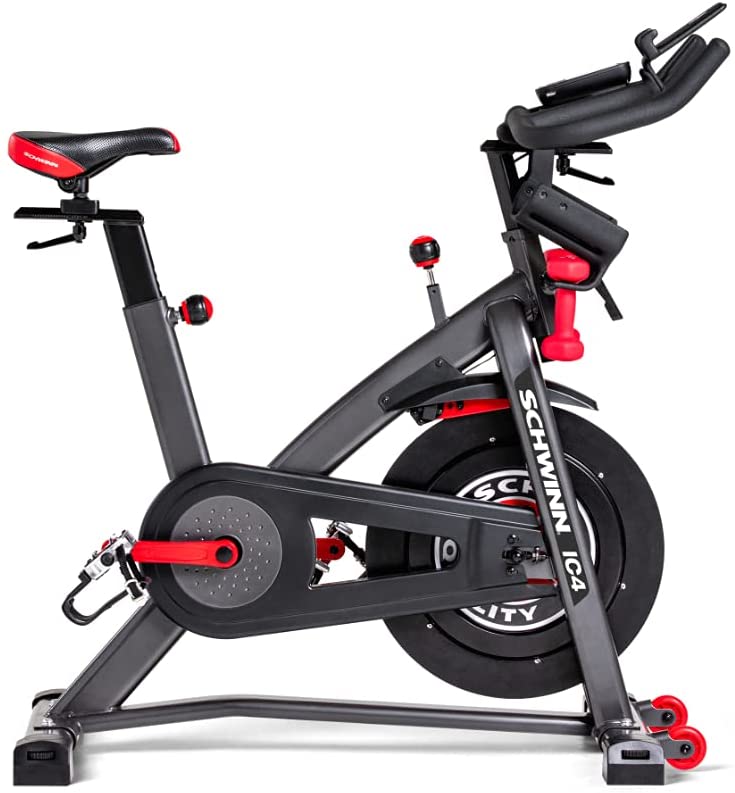Can I Do Cardio After Botox?
You look great! Someone just told you that your skin is smooth and wrinkle-free. You can now add “looks younger” to the list of benefits of botox and are wondering if there is anything you should know before beginning the process.
So, What is botox, and is it safe to cardio after a botox?
We will answer this question and more in this article!
First Let Us Learn What Is Botox?
Botox is an anti-wrinkle facial procedure that temporarily paralyzes the facial muscles.
There are two different forms of botox:
- The quick-acting form, which is a purified protein, and can be injected into the skin for wrinkle-free results.
- The long-lasting form, which is made from botulinum toxin type A, and lasts longer than the one above and requires no injections until you want pinched nerve movement. It does not need to be refrigerated for later use; you can keep it in your freezer for up to five years without being affected by its potency.
What does botox do?

Botox relaxes the facial strain that causes wrinkles. Either form of botox can help to temporarily smooth and tighten the skin by paralyzing muscles that have created or worsened lines in your face or the upper face parts.
There are several ways in which botox injections can help you look younger and more refreshed:
- Botox treatment helps to lessen muscle movement by relaxing the tissues around your facial muscles, helping to reduce fine lines from appearing on your face.
- Botox also helps to reduce the formation of wrinkles and fine lines by allowing you to smile without wrinkles that appear in certain facial areas.
- Botox can temporarily force facial muscles into a relaxed state, preventing them from creating additional lines in your skin, whether it is from muscle movement or environmental factors like sun damage.
- Botox also helps to smooth out the surface of your skin by paralyzing the muscles underneath it, giving you a more youthful-looking appearance.
Cardio After Botox – What You Need to Know
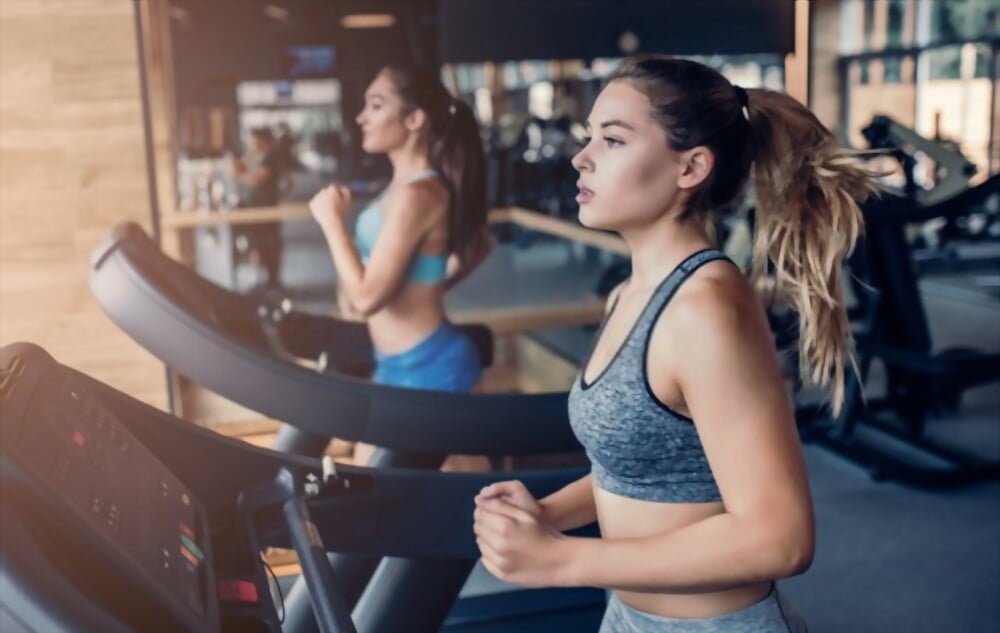
Botox is a great way to treat unwanted wrinkles and fine lines in your face. It can make you look younger and more confident, which is a plus for your self-esteem.
But what happens when you are done with your botox treatment? Can you go back to your cardio routine after 2 weeks? No.
You should wait at least 3-6 weeks so that you can reap the long-term benefits of botulinum toxin A injections.
For the following reasons, cardio should be avoided after Botox treatment:
- You may get fewer results from the Botox injection you receive.
- Your heart rate increases and puts extra strain on the muscles in your face.
- Your muscles in your face will become sore and strained from overexertion of exercise following a Botox treatment session.
- The effects of Botox wear off faster if you do cardio while recovering from treatments.
- Doing more intense cardio is not recommended to avoid injuring yourself during recovery.
- You may experience negative side effects from doing more intense cardio following Botox treatment.
- You should avoid vigorous cardio while you are recovering from Botox injections coming out of your skin
Famous med-spa facilities for botox treatments
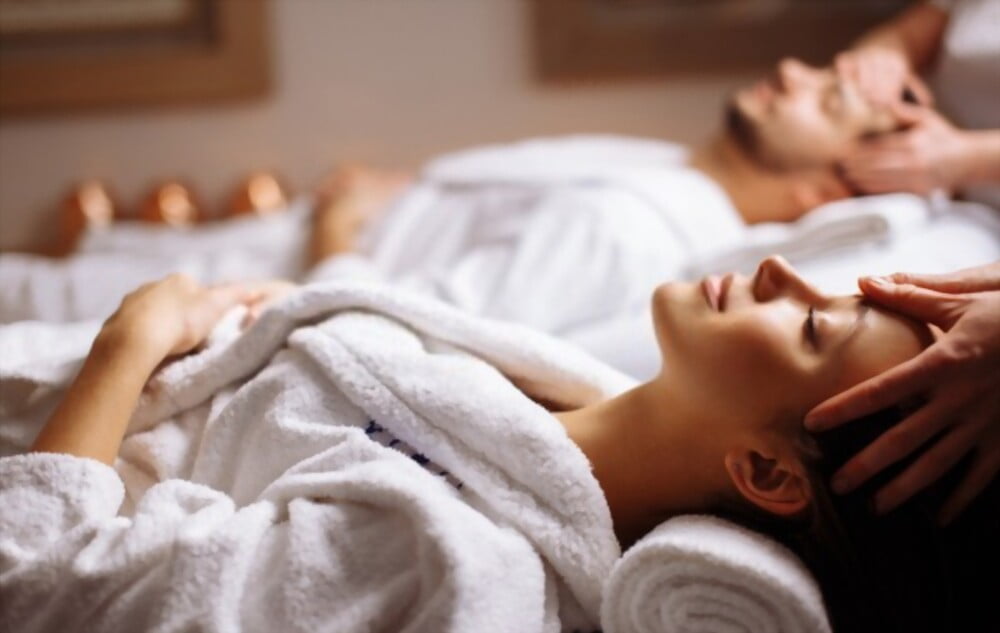
Some famous medical spas that offer this treatment include:
- Jem medspa
- Boss Gal beauty bar
- New York Plastic Surgery & Dermatology
Dr. David Jack and Dr. Green are famous doctors who created the procedure of “botox.” They also invented the facial filler, which is a plastic material that is placed in the shape of a tiny balloon.
The plastic filler is usually injected into the face to give it a younger, smoother look and can be thought of as a temporary facelift.
In addition to these injections, other doctors have started to offer botox treatments on demand through their own medical spas and clinics.
Why You Should Avoid Cardio After Cosmetic Procedures
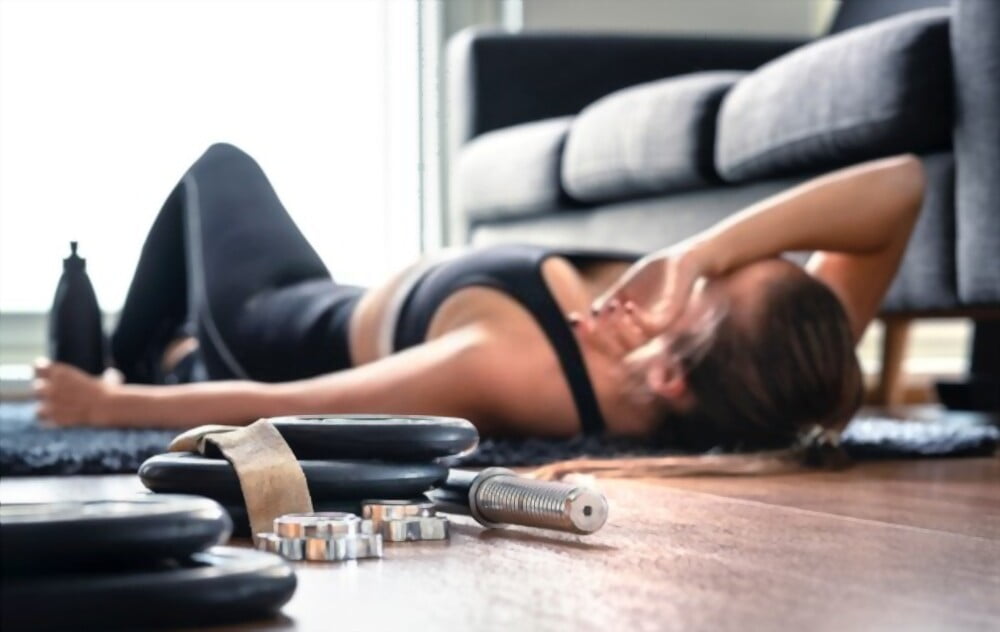
There are several reasons why you should not do cardio after a cosmetic procedure:
- The effects of botox may wear off faster
- You might not get your desired results.
- You might put pressure on the injection site.
- You might injure yourself by exercising too hard.
- You might get a bad case of muscle aches from the botox injection.
- Strenuous activity may lead to high blood pressure, which could lead the botox in unwanted areas of the body.
- The blood flow to the treated area may be restricted, and blood clotting could occur.
Botox may wear off quicker than you think if you are taking it regularly, which is why many patients say that they see more and more signs of aging with each treatment.
What cardio to Avoid After Botox?
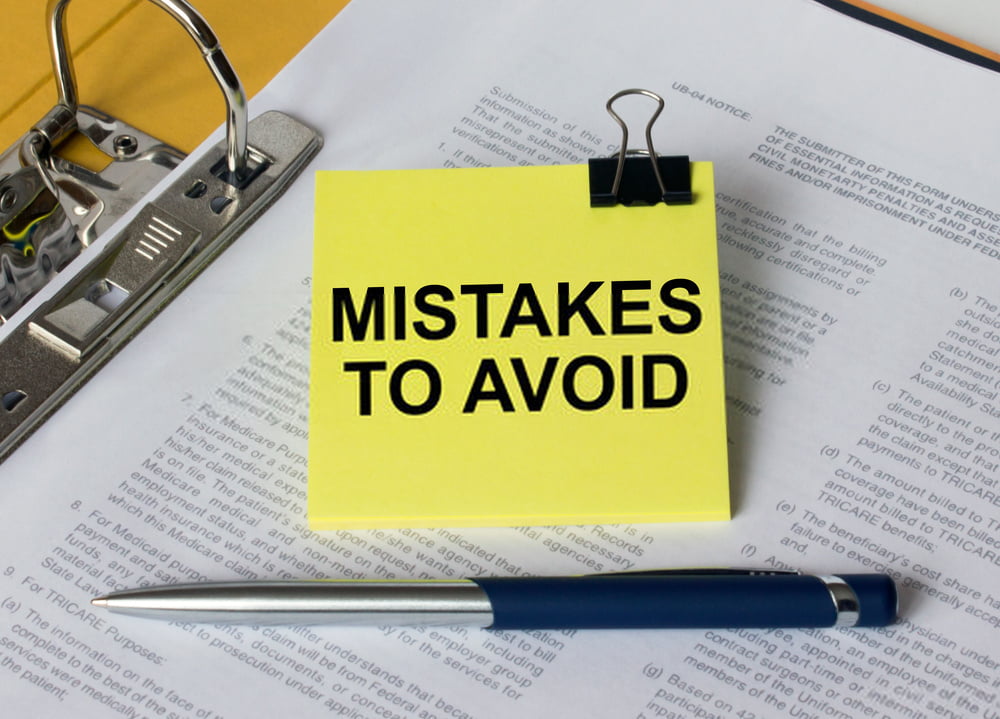
You should avoid any cardio that will involve excess pressure or strain on the muscles in your face.
Examples of these types of exercises include:
- Strenuous weightlifting
- Heavy cardio workouts like triathlons
- Exercises that involve contacts like boxing, football, basketball, and volleyball
- cardio raises your heart rate excessively and causes undue stress on the muscles in your face.
- Swimming, running, and aerobic exercise
You should also avoid cardio habits that require you to use your facial muscles. This is because they have been temporarily paralyzed, and any cardio that uses them could cause undue strain on the muscles.
This will result in severe muscle aches and pain, which may even cause lasting damage to the muscles.
Things to Avoid Doing After a Botox
- Do not overuse the muscles in your face
- Do not treat yourself to a facial massage
- Do not start any new cardio routine
- Do not exert yourself to the point of exhaustion
- Do not touch the injected area
- Do not use any over-the-counter painkillers for muscle aches
When can I cardio After Botox?
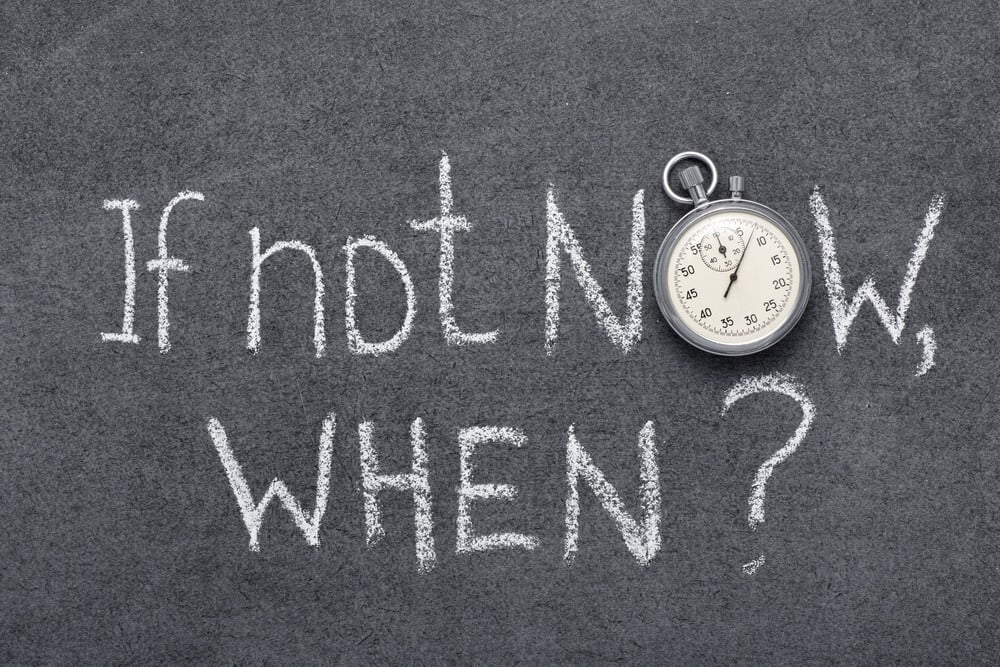
You can begin to cardio again after a few weeks of botox treatment has taken place, but you should wait at least six weeks before you start any type of vigorous workout.
When to continue your workout regimen if it is still sore after 1 week?
If the muscle aches and pain persist beyond 1 weeks, you should discontinue your workout regime for the time being and keep working on your non-surgical techniques like massage or non-surgical solutions like photo facials.
Your doctor will also recommend you to use non-surgical treatments like micro-needling, which will help to stimulate collagen production in the skin.
Botox side effects – What to expect when exercising after botox?
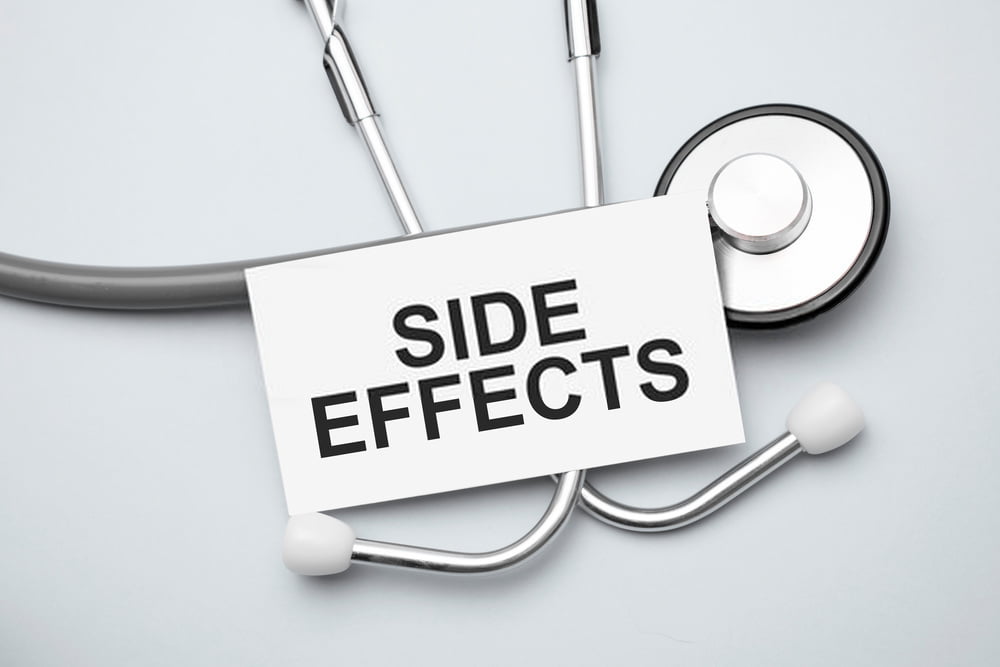
Botox side effects include muscle pain and soreness at the injection site. This is usually short-term and rarely has lasting complications.
If the muscle aches persist, your doctor may prescribe over-the-counter painkillers like ibuprofen or naproxen.
Pain in the injection site is usually temporary. This is known as the normal side effect of botox.
Botox may create mildly uncomfortable muscle spasms after treatment. It rarely lasts more than a day and can be treated with over-the-counter pain medication.
Soreness and muscle spasms from botox injections are fairly common, but they can be treated easily with analgesia and anti-inflammatory medication.
However, if the painful symptoms continue for more than a few weeks, then you may have to discontinue using botox injections for now.
Serious side effects may include bleeding from the injection site and spreading of botox to other parts of the body.
If you experience any of these signs, call your doctor immediately. You may also want to see a doctor if your botox treatment causes muscle aches and stiffness that last longer than a few days.
Swelling at the site of injection may occur in some people after a botox injection session.
Cardio After Botox Can Effect Results

- The botox effect will wear off faster if you cardio.
- You may get fewer results from the botox injection you receive
- You might injure yourself by exercising too hard
- You might experience muscle aches and pain from overexerting yourself
You should refrain from any type of strenuous cardio for at least 1 week after your botox injection, which gives your skin enough time to recover from the treatment before you start exerting it in a new way.
Final thoughts

Botox treatment has been used to help reduce the appearance of fine lines and wrinkles in your face.
It can help reduce the formation of new wrinkles as well as stop muscle movement that is often responsible for creating new lines and wrinkles when you smile, laugh, or frown.
This is a great way to boost your self-esteem and feel more confident about yourself.
However, you should not rely on botox injections to erase all of the signs of aging from your face.
Remember that Botox is only a temporary fix for wrinkles and fine lines – it’s always best to invest in long-term skincare solutions that include healthy diet habits, regular exercise, limitation of alcohol consumption, and use of sun protection during outdoor activities.
So, doing cardio after Botox is not recommended because it increases your heart rate and puts extra strain on the muscles in your face.
This is why you should avoid strenuous cardio when you are first recovering from Botox treatment so that you can enjoy all of the benefits that this cosmetic procedure has to offer.
We hope this article was helpful to you. Please feel free to leave a comment if you have any questions regarding Botox.
Best of luck!

